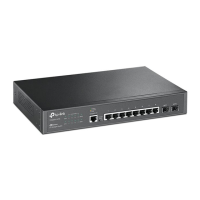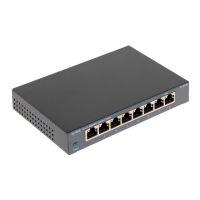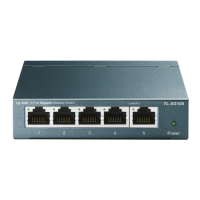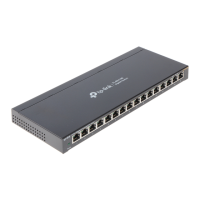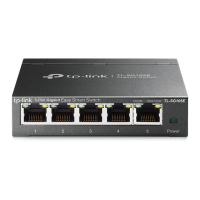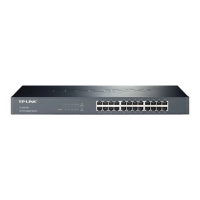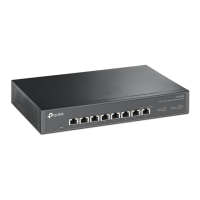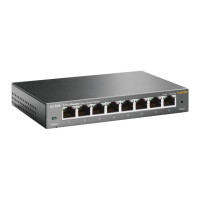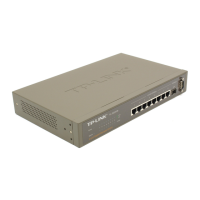User Guide 110
Configuring LAG LAG Configuration
2.1 Using the GUI
2.1.1 Configuring Load-balancing Algorithm
Choose the menu L2 FEATURES > Switching > LAG > LAG Table to load the following
page.
Figure 2-1 Global Config
In the Global Config section, select the load-balancing algorithm (Hash Algorithm), then
click Apply.
Hash Algorithm Select the Hash Algorithm, based on which the switch can choose the port to forward
the received packets. In this way, different data flows are forwarded on different
physical links to implement load balancing. There are six options:
SRC MAC: The computation is based on the source MAC addresses of the packets.
DST MAC: The computation is based on the destination MAC addresses of the
packets.
SRC MAC+DST MAC: The computation is based on the source and destination MAC
addresses of the packets.
SRC IP: The computation is based on the source IP addresses of the packets.
DST IP: The computation is based on the destination IP addresses of the packets.
SRC IP+DST IP: The computation is based on the source and destination IP
addresses of the packets.
Tips:
■ Load-balancing algorithm is effective only for outgoing traffic. If the data stream is not
well shared by each link, you can change the algorithm of the outgoing interface.
■ Please properly choose the load-balancing algorithm to avoid data stream transferring
only on one physical link. For example, Switch A receives packets from several hosts
and forwards them to the Server with the fixed MAC address, you can set the algorithm
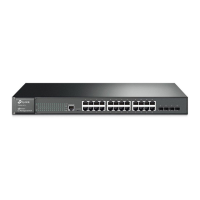
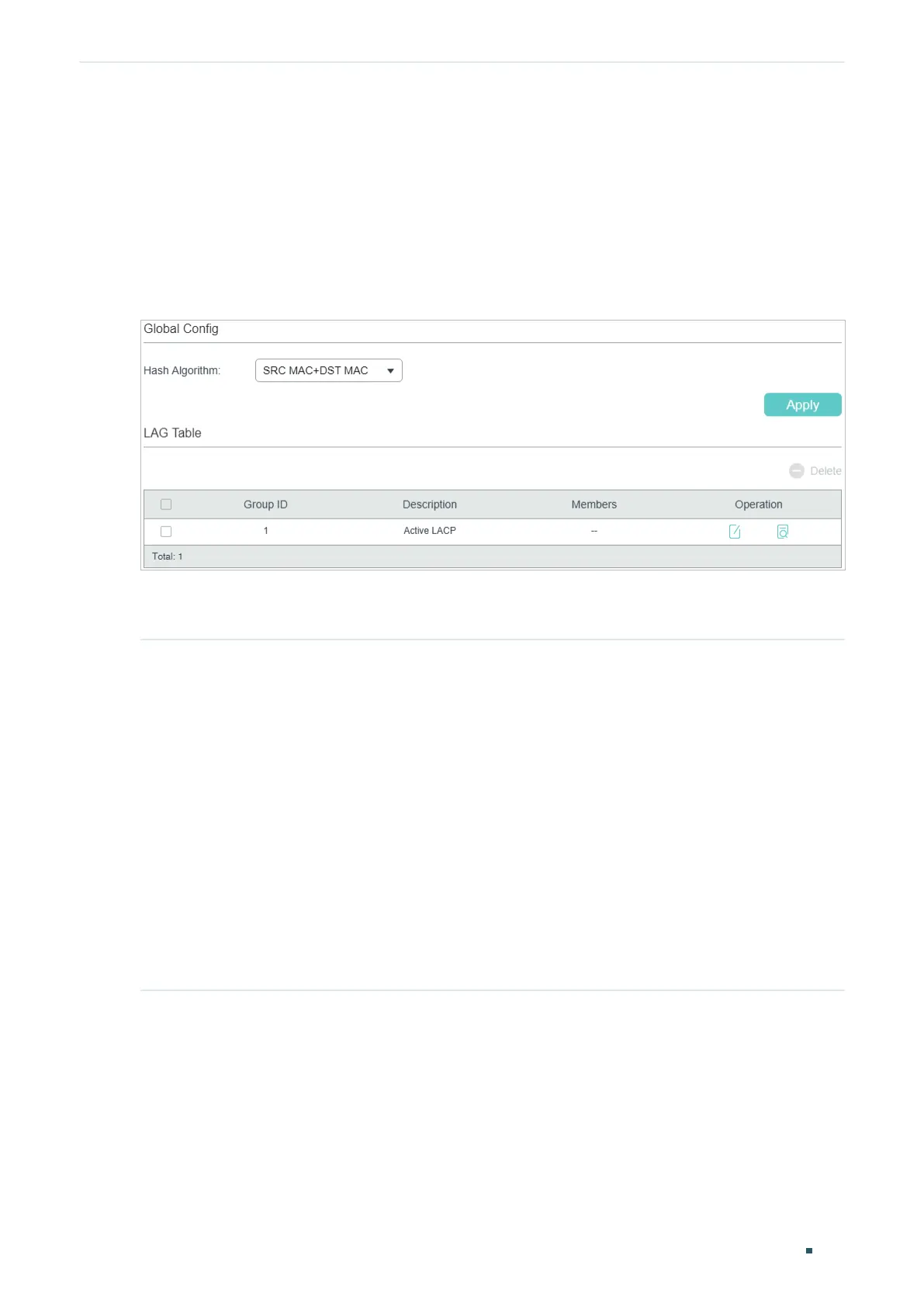